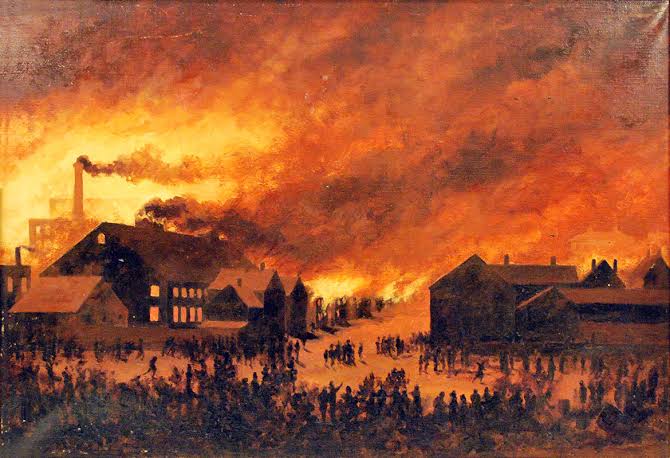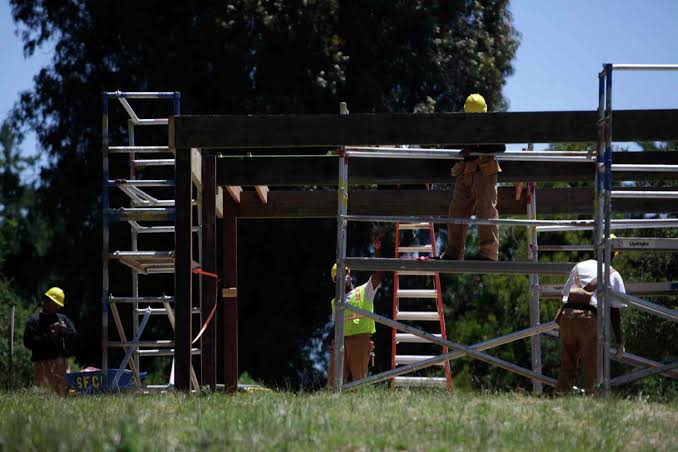
Portland, Maine, has a long history of resilience, shaped by a series of devastating fires that tested the city’s strength and determination. From early colonial conflicts to revolutionary warfare and urban disasters, these fires not only destroyed but also transformed Portland, leading to stronger defenses, improved fire safety, and a city that continuously rebuilt itself.
Resurgam! We will Rise Again!
Today, remnants of this history can still be seen throughout the city. At Portland Fire Engine Co. Tours, we take visitors through the streets where these fires once raged, sharing stories of destruction and renewal from the seat of a vintage fire truck.
1. The Fire of 1676
Long before Portland became the thriving coastal city it is today, it was a small settlement caught in the middle of colonial conflicts. In 1676, during ongoing tensions between indigenous groups and European settlers, Portland (then called Falmouth) suffered one of its first major fires.
Key Details: Indigenous warriors attacked the settlement, burning homes and structures. The fire inflicted significant damage, forcing the English settlers to abandon and later rebuild the town.
Impact on Portland: This early destruction demonstrated the vulnerability of wooden settlements and set the stage for future fortifications and stronger defenses in the region.
2. The Fire of 1690 (French and Indian Wars)
A little over a decade after the first fire, Portland was attacked again—this time as part of the ongoing wars between the French, their indigenous allies, and the English.
Key Details: In 1690, French and indigenous forces launched a full-scale attack, burning much of the settlement, including Fort Loyal, Portland’s primary defensive structure. The destruction was so severe that survivors were either killed or taken prisoner, and the town was abandoned for several years.
Impact on Portland: This fire led to a temporary halt in Portland’s development, but once the town was reestablished, it was built with stronger fortifications and an increased military presence.
3. The Great Fire of 1775
Portland’s next major fire came during the American Revolution, when British forces retaliated against the rebellious colonies by burning parts of the city.
Key Details: On October 18, 1775, British naval forces under Captain Henry Mowatt bombarded the town and set fire to its buildings. The fire quickly spread, fueled by wooden structures, and much of the town was reduced to ash.
Impact on Portland: Though devastating, the fire became a symbol of Portland’s role in the Revolution. The city was once again rebuilt, with a stronger commitment to its future independence.
4. The Great Fire of 1866 (July 4th)
The most destructive fire in Portland’s history erupted on July 4, 1866, marking an Independence Day that the city would never forget. Key Details: The fire began in a boatyard on Commercial Street, likely started by celebratory fireworks. Strong winds and dry conditions helped the flames spread rapidly, engulfing 1,800 buildings, including homes, businesses, churches, and City Hall. By the time it was over, nearly 10,000 people were left homeless, and the city had suffered the most devastating urban fire in U.S. history at the time. Impact on Portland: The aftermath of this fire led to sweeping reforms in building codes and firefighting techniques. Brick and stone construction became mandatory in many areas, and the Portland Fire Department was expanded and modernized to prevent such a catastrophe from happening again.






